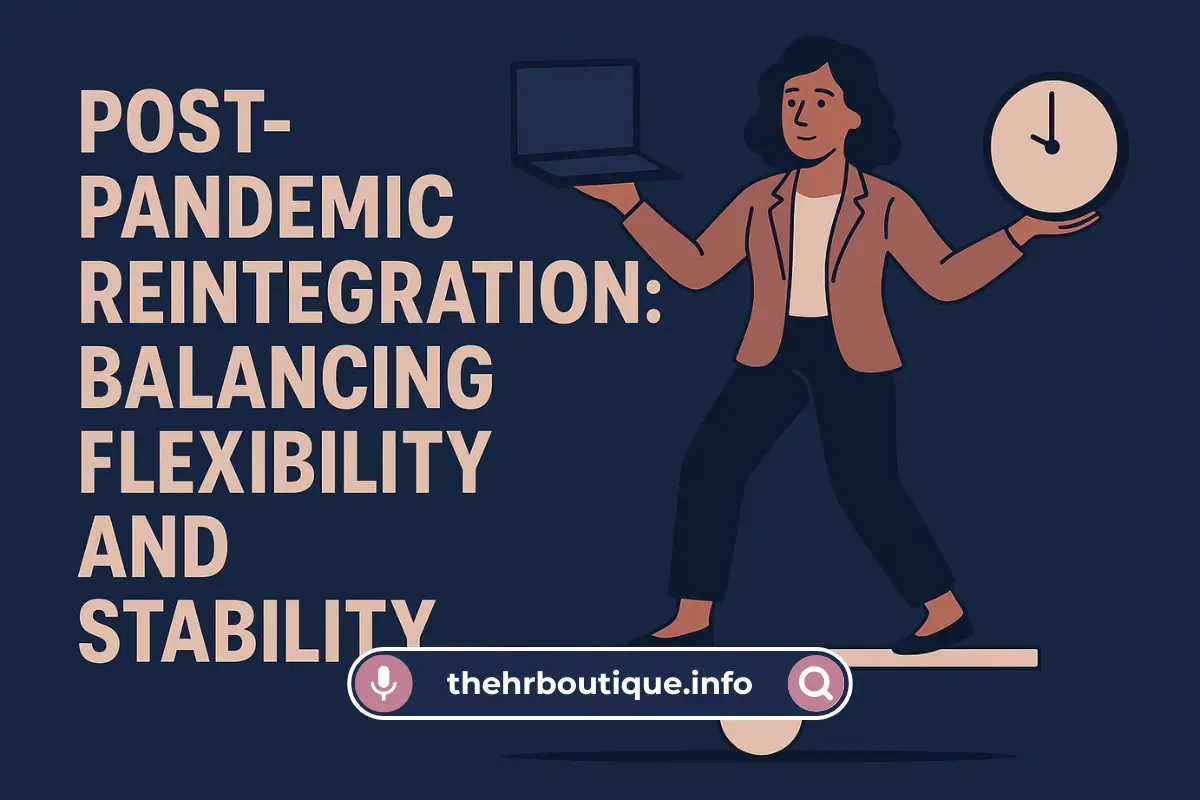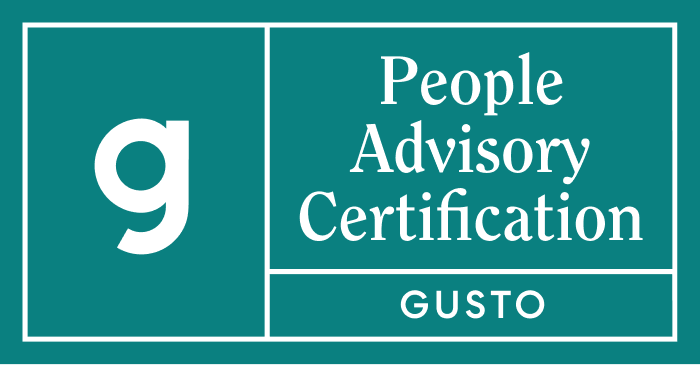Let me tell you how we nearly lost half our team last year. Picture this: it’s March 2022, our CEO sends this chirpy email about “getting back to normal” with a mandatory 4-days-in-office policy. By Friday, I had six resignation letters on my desk – including two of our best developers. That’s when we realized: we were about to make a very expensive mistake.
The Wake-Up Call We Needed
Remember when we all thought remote work would be temporary? Two years later, here’s what we learned the hard way:
- Flexibility isn’t a perk anymore – It’s like oxygen. Take it away and people suffocate.
- “Normal” is dead – That 2019 office life? Gone like fax machines and pants with buttons.
- Trust is the new currency – The more you micromanage, the faster good people leave.
But here’s the kicker – some work actually does happen better in person. The trick is figuring out which parts.
Our Messy (But Working) Solution
After that near-mutiny, we scrapped everything and started over. Here’s the hybrid system we cobbled together that’s actually working:
1. Team-by-Team Rules (No More One-Size-Fits-None)
- Dev Team: Fully remote except for bi-weekly planning sessions (with free lunch because bribery works).
- Sales: 3 office days for client meetings, 2 remote for follow-ups.
- New Hires: First month mostly in-office, then gradual flexibility.
2. The Office Makeover
We realized our office was basically a sad museum of pre-pandemic work. So we:
- Turned the dreary conference room into a collaboration space with whiteboards and comfy chairs.
- Added soundproof booths for calls (because nobody wants to hear Karen’s Zoom therapy sessions).
- Got rid of assigned seats (which caused more drama than we expected, but worth it).
3. The “No Stupid Meetings” Rule
We audited our calendar and found:
- 60% of meetings could’ve been emails.
- 30% could’ve been 15-minute standups.
- 10% were actually necessary.
Now we have:
- “Focus Wednesdays” (no internal meetings).
- Default 25-minute meetings.
- Mandatory “Is this meeting necessary?” checkbox when scheduling.
The HR Stuff That Actually Works
Here’s where we stopped following “best practices” and started doing what made sense:
1. The Stay Interview Revolution
Instead of exit interviews (which are like autopsies – interesting but too late), we now do:
- Quarterly “What’s Working/What Sucks” chats.
- Anonymous “Vent Box” submissions.
- Manager training on spotting burnout before it’s too late.
2. Measuring What Matters
We stopped caring about:
- Hours logged.
- Butts in seats.
- Response times (within reason).
And started tracking:
- Project completion rates.
- Team happiness scores.
- Innovation metrics (ideas generated, not just tasks completed).
3. Benefits That Don’t Suck
- “Work From Anywhere” Month: One month per year to work from wherever.
- Commuter or Home Office Stipend: Your choice.
- “Reset Days”: Extra PTO after big projects (because burnout is expensive).
The Surprising Wins (And Facepalms)
What Worked Better Than Expected:
- Our introverted employees are crushing it remotely.
- Office days feel more purposeful now.
- We accidentally became more inclusive (parents, neurodivergent folks are thriving).
What Bombed Spectacularly:
- The “Fun Committee’s” virtual happy hours (awkward silence galore).
- Trying to replace watercooler chat with Slack emoji reactions.
- That expensive office pet policy (RIP the office plants during lockdown).
Where We’re At Now
A year later, here’s the reality:
- Productivity is up 22%.
- Turnover dropped to nearly zero.
- Office days actually feel… fun?
It’s not perfect. Some weeks we still mess up. But we’re figuring it out together instead of pretending we have all the answers.
Your Turn
What’s your hybrid work horror story or success? I’ll trade you our “failed pizza Friday” disaster for your best tip. Let’s make this hybrid thing work without losing our minds (or our best people).





